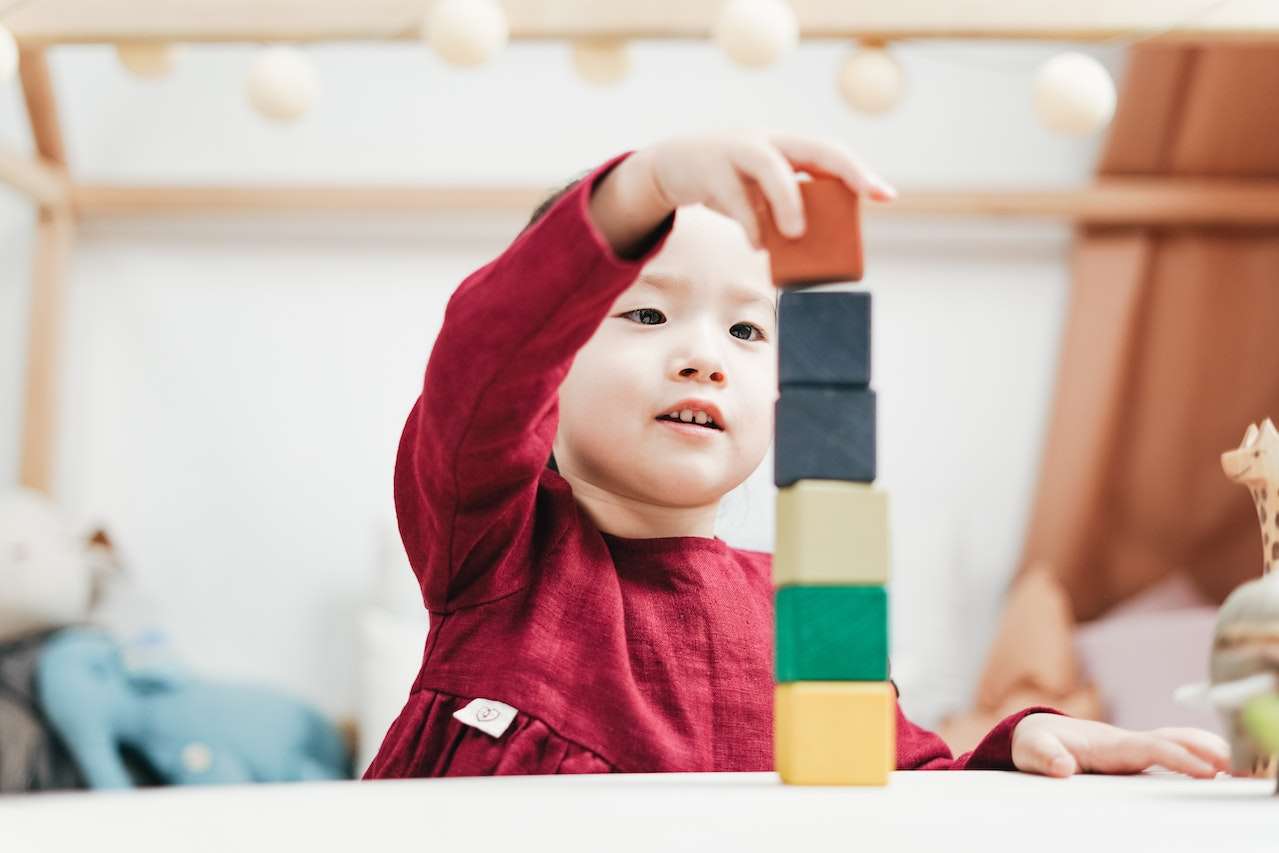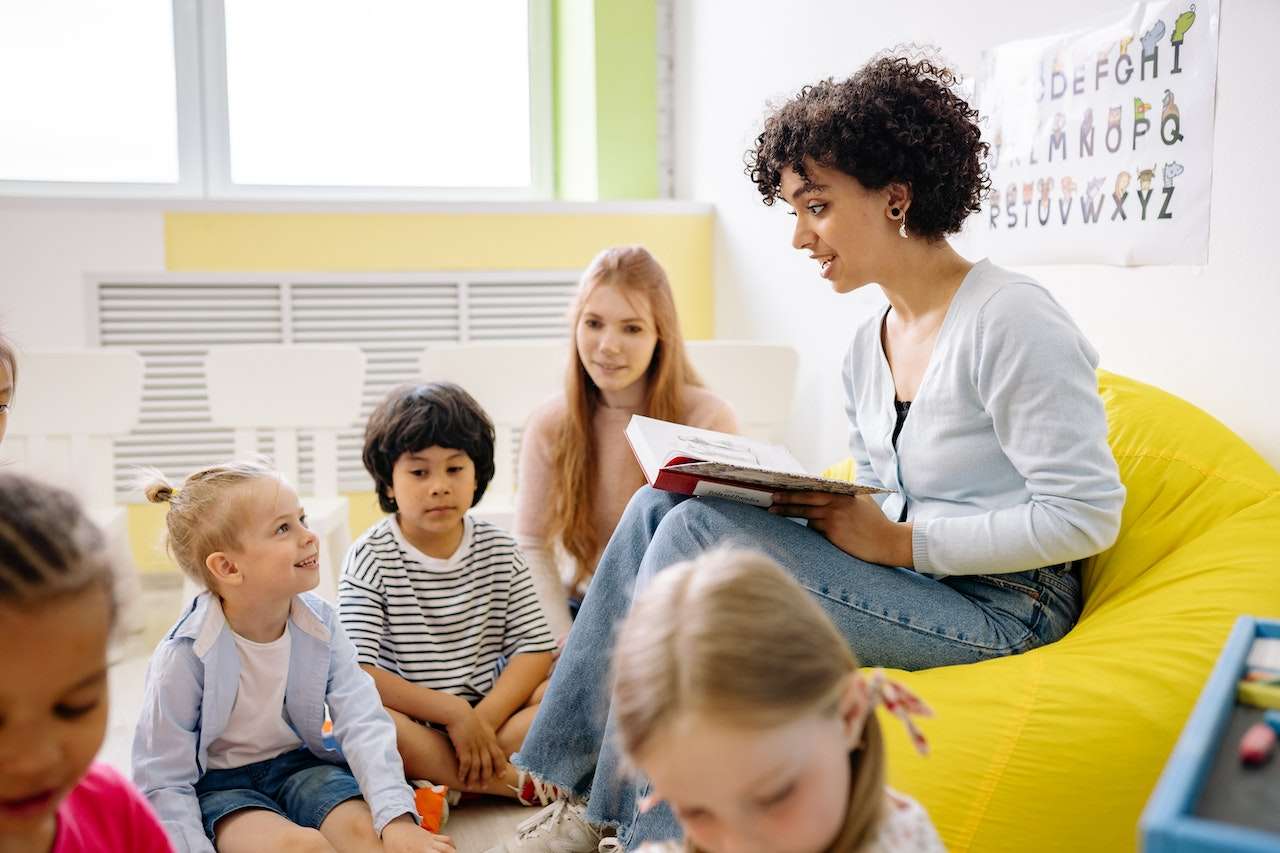It is always a challenge to plan the education of your children. We want to give them the best possible teaching according to their needs and interests. The conventional classroom is not ideal for all children.
The Montessori method of education encourages self-motivated growth and a sense of independence among children. They learn by exploring their surroundings.
Are you aware Montessori activities help in the development of your child?
Benefits of Montessori activities
Montessori activities are for the benefit of all age groups of children.
There are different kinds of activities for all age groups. Even adolescents can benefit from Montessori activities. They complement their learning by exploring themselves rather than traditional curriculum-based learning.
The principles of the Montessori are the same for all.
Here are the benefits of Montessori activities –
- Children learn by doing activities of their interests. Hence, it infuses creativity in them.
- They learn to respect their peers and the environment.
- They become self-disciplined and aware of their life skills.
- They learn to take ownership of their activities and become more responsible.
- They develop thinking skills and deep concentration.
There are many activities for each age group. It is better to know the child’s interest and understanding level before choosing the activity.
You can see which one keeps them engaged, and which one is too easy or hard for them. Based on your child’s needs you can customize the activities for your child.
Montessori activities for Infants
The idea of Montessori is applicable right when a child is born. Some activities can meet the needs of infants too.
These activities can help them prepare even before they join the traditional system of learning.
Initially, these activities help them to understand their surroundings. These principles of Montessori activities can be inculcated by the way you talk to them or even touch them.
Let us take a look at them:
1) Munari Mobile
These are Montessori-style mobiles and can hang above the infants. They are of different colors that are interesting for infants to look at.
They are black and white and are ideal for newborn babies as they hardly recognize colors.
There are other mobiles like octahedron mobiles and Gobbi mobiles.
2) Octahedron Mobiles
They are of 3 primary colors with light reflecting on reflective paper. Ideal for 2+ months babies.
3) Gobbi Mobile
These are of different shades of color. Threads hang balls of different lengths. Ideal for 2-3 months babies.
Benefit – It helps in visual development and early color recognition.
4) Music Box
It plays music and can hang. It is ideal for 2-3 weeks old babies.
Benefit – auditory material, develops a sense of hearing.
5) Wooden figures and grasping toys
Different figures made of wood like birds or animals can be introduced. These are ideal for 3+ months of babies.
Benefit – Develop grasping abilities and motor skills.
6) Home objects
Honey dipper, spoon, bangles, toys, and utensils are some objects available at home. Ensure safety by checking for sharp edges or if they may get choked.
Benefit – Develop grasping and manipulating experiences from objects, learn to explore, and help to use their hands.
7) Maracas and other sound-making items
Babies enjoy shaking them and enjoying the sounds.
Benefit – They learn the sounds and how they can affect the environment.
8) Rings and Peg on Rocking Base
A base with rings to arrange them. Ideal when the child starts sitting(8-11 months)
Benefit – These activities are great for eye-hand coordination.
Montessori activities for toddlers and preschoolers
Toddlers should be encouraged to do activities that interest them. Also, look for activities that will help in their growth and development.
There is not much difference between toddlers and preschoolers in Montessori activities.
The only difference is the activities of preschoolers can be a little intense. The age of preschoolers starts from 3 to 6. The curriculum can be more advanced.
Here are some simple activities for toddlers –
1) Open and close activity
Wooden boxes with bins, wooden boxes with sliding lids, drawers, zip, and tin containers that can open and close can be used to engage the toddlers.
You can hide things in the boxes to increase the excitement.
Benefit – This helps develop coordination and motor skills and refines eye-hand coordination.
2) Watering plants
They can learn to water the plants in your garden with a small can or a sponge and a small container. It is ideal for kids above 15 months.
Benefit – They learn to care for their environment.
3) Dressing, undressing and storing clothes
They can put on their coat, and shoes and hang them.
Benefit – They learn to care for themselves.
4) Jumping, running, pushing, pulling, climbing, swinging, and balancing
These activities are natural and done with some supervision.
Running on tracks with some balls in a basket, a wheelbarrow for pushing, and a wagon for pulling, and climbing on frames, and poles are some activities that toddlers will find interesting.
Benefit – They help in gross motor movement.
5) Sort items by color
Toddlers can learn colors, basic shapes, and letters. They can do sorting activities with items in your home like buttons, toys, art supplies, and whatever is available.
Benefit – Helps to learn shapes and recognize colors.
6) Washing
They can wash vegetables, their hands, toys, and dishes, and play along.
Benefit – This will develop self-help skills.
7) Sink or Float
You can introduce items like a spoon, feather, leaf, wooden toys, and a bucket of water. Your child can see which one sink and which item floats.
Benefit – This will develop scientific knowledge.
8) Sorting by size
This activity is common in Montessori. It can be done with foods also like arranging shells, nuts, seedpods, etc.
Benefit – This helps to refine tactile sense, develop classification abilities, and have the potential to feel objects.
9) Doing basic chores
They can learn to do primary tasks like sweeping, mopping, sorting clothes, cleaning, and picking up their toys.
Benefit – They learn self-help and care for the environment.
Montessori activities for kindergarten
From kindergarten, the curriculum becomes a little critical for children. Therefore, finding a Montessori kindergarten becomes a challenge. However, many kindergartens and schools have started adopting the Montessori method nowadays.
In this, children are encouraged to pursue their interests with curriculum-based programs. So basically, it is a blend of self-exploring and academics followed in a traditional classroom.
It is quite beneficial for the children and fun too. Children learn from each other as they work in groups.
Here are some activities for kindergarten –
1) Daily life activities
Using the restroom, washing hands, folding cloth, brushing hair, feeding pets, basic cleaning, hanging clothes, matching socks, tying a shoelace, etc.
Benefit – They learn to be independent and are encouraged to learn life skills.
2) Basic Math activities
Board games, composition puzzles, calendars, and number memory games are a few of them.
Benefit – Developing basic math and thinking skills.
3) Science activities
It can be learned through practical activities and exploring. Montessori has expertise in science as they encourage children to self-explore and learn by doing things.
Parts of a plant, different types of animals, living and non-living things, etc. can be learned.
Benefit – Helps to develop science concepts and knowledge about the environment.
4) Language and reading skills
Sounds of the alphabet, letter recognition by letter matching games, story time, and art are examples.
Benefit – Helps in developing language and basic reading skills.
Montessori activities for elementary students
There may not be many schools that support Montessori methods of teaching for this age group.
However, the Montessori activities for this group are more structured than in kindergarten.
More focus is on curriculum-based teaching keeping in mind the interest of students.
Examples of such activities are –
1) Math activities
Complex concepts and mathematical operations are introduced through different activities and examples. This makes the understanding interesting for children. One such kind is using manipulatives.
2) History
Students can research topics related to history and cultures using the latest technology. They can learn about general knowledge and world issues.
Topics (like the basic rights of a citizen, the duties of a good citizen, and the economy) can be learned through discussion in class.
3) Science
The best way to incorporate the Montessori method is by experimenting.
4) Language
Offering reading materials, grammar games, critical thinking, and making presentations are ways of adding Montessori principles into literature.
5) Life skills
Learning advanced cooking, cleaning, keeping surroundings clean, and maintaining hygiene are some activities that can help develop life skills.
Montessori activities for High School students
It is not very well-known as academics become complicated and intense as children reach high school. This group includes children from eighth grade and above.
However, curriculum-based teaching can be made interesting by incorporating Montessori activities.
Students learn all subjects along with practical methods. They understand more through self-discovery and collaboration.
They can learn by doing projects together in groups or making PowerPoint presentations on particular topics.
Inference
Montessori activities are ideal for younger children than adolescents. But they can be presented in many ways for high school students.
Montessori activities help academics with the overall development of children of all ages. They make the kids interested and involved in their learning process.


